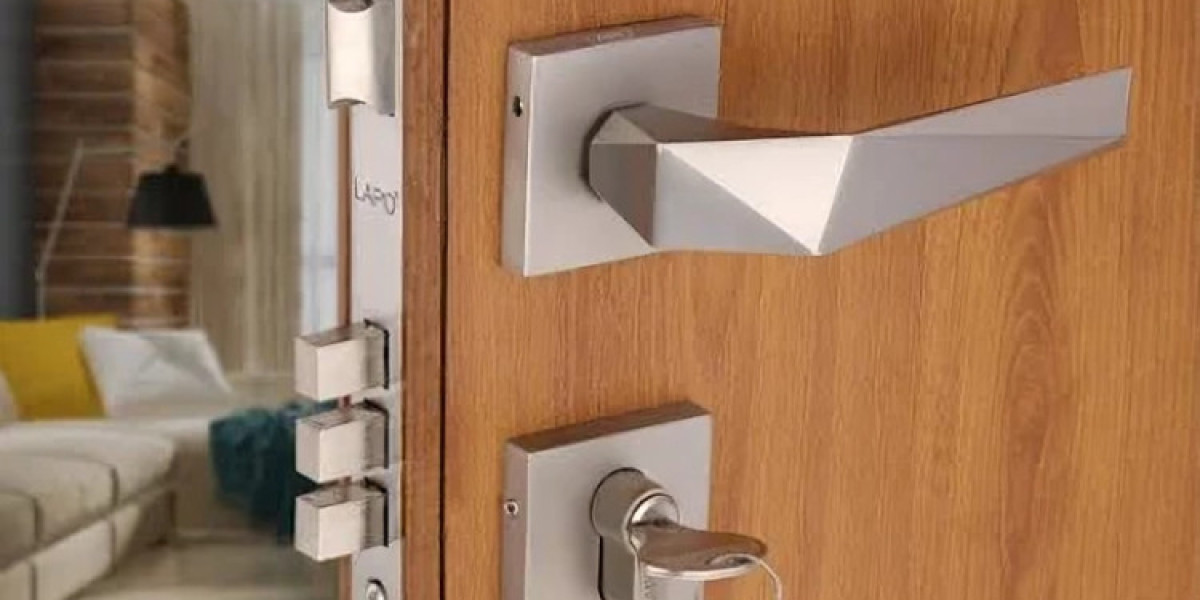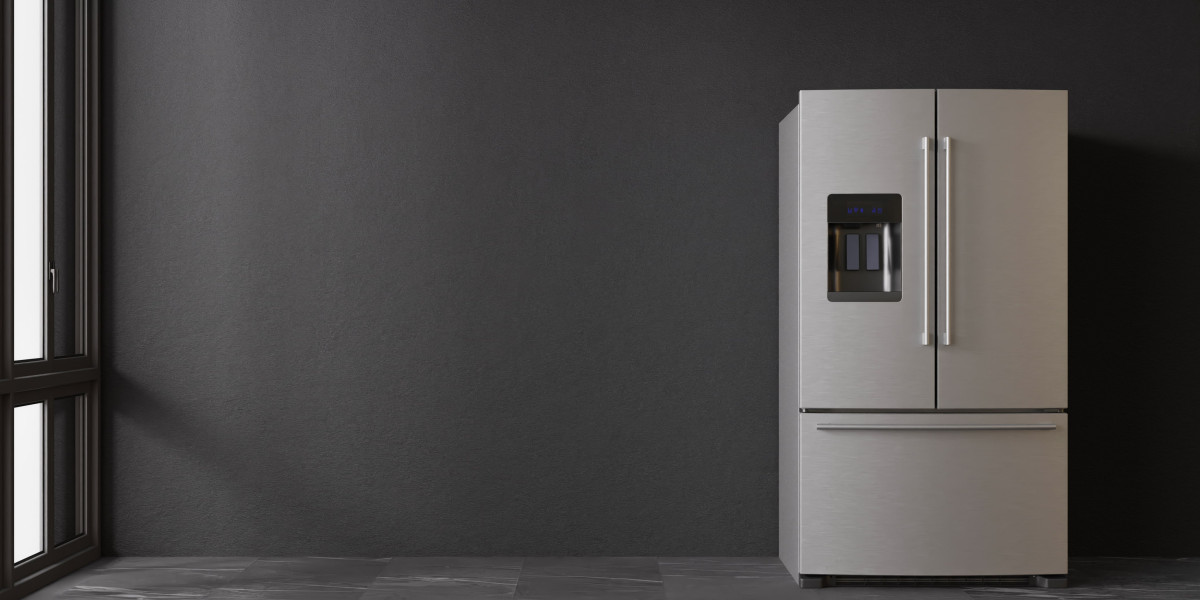What to Expect During a Colonoscopy
Performed under sedation, a colonoscopy involves inserting a scope through the rectum to examine the colon and rectum's lining. This procedure is both diagnostic and therapeutic, allowing for the removal of polyps or treatment of abnormalities.
A colonoscope, a long, flexible tube equipped with a video camera at the tip, is gently inserted through the anus and progressively guided through the rectum and into the colon. This instrument sends real-time video images to a monitor, providing a clear view of the colon's interior surface for the attending physician.
The patient will lie on their side, and air will be introduced to expand the colon for better visibility. This inflation is crucial as it creates space within the colon, allowing the scope to move freely and the doctor to get a better view of the colon walls. Inflation helps in identifying and accessing any abnormal areas more effectively.
The diagnostic aspect of a colonoscopy enables the identification of issues such as polyps, ulcers, tumours, and areas of inflammation or bleeding. Polyps are small growths on the inner lining of the colon or rectum that can vary in size and type. While many polyps are benign (non-cancerous), some can be precancerous or cancerous, which is why their detection and removal during a colonoscopy are beneficial.
Interventions can also be performed during a colonoscopy. If polyps or other types of abnormal tissue are found, they can often be removed immediately during the procedure using specialised instruments passed through the colonoscope. This removal is a preventive measure against colorectal cancer, as it eliminates polyps before they have the chance to develop into malignancies.
The procedure typically lasts 20 to 30 minutes, though the procedure may be longer if polyps are to be removed.
What to Expect After a Colonoscopy
Post-procedure, patients might experience bloating or mild bleeding, especially after polyp removal. Most can return to normal activities the following day, but full recovery could take up to a week if polyps were removed.
Common side effects after the procedure could include:
1. Bloating and Gas: The introduction of air into the colon during a colonoscopy, while necessary, can lead to temporary bloating and gas after the procedure. Patients are often encouraged to walk around as soon as they feel able to help relieve these symptoms. Gentle abdominal massages can also help alleviate discomfort.
2. Mild Bleeding: If polyps are removed or a biopsy is taken, patients might notice a small amount of bleeding from their rectum. This is generally mild and should cease on its own within a day.
People who have completed a colonoscopy should monitor for symptoms like persistent pain or fever and consult a doctor if they occur. These could indicate an infection or other more serious issues such as a perforation in the colon. Any concerning symptoms should prompt immediate consultation with a doctor.








